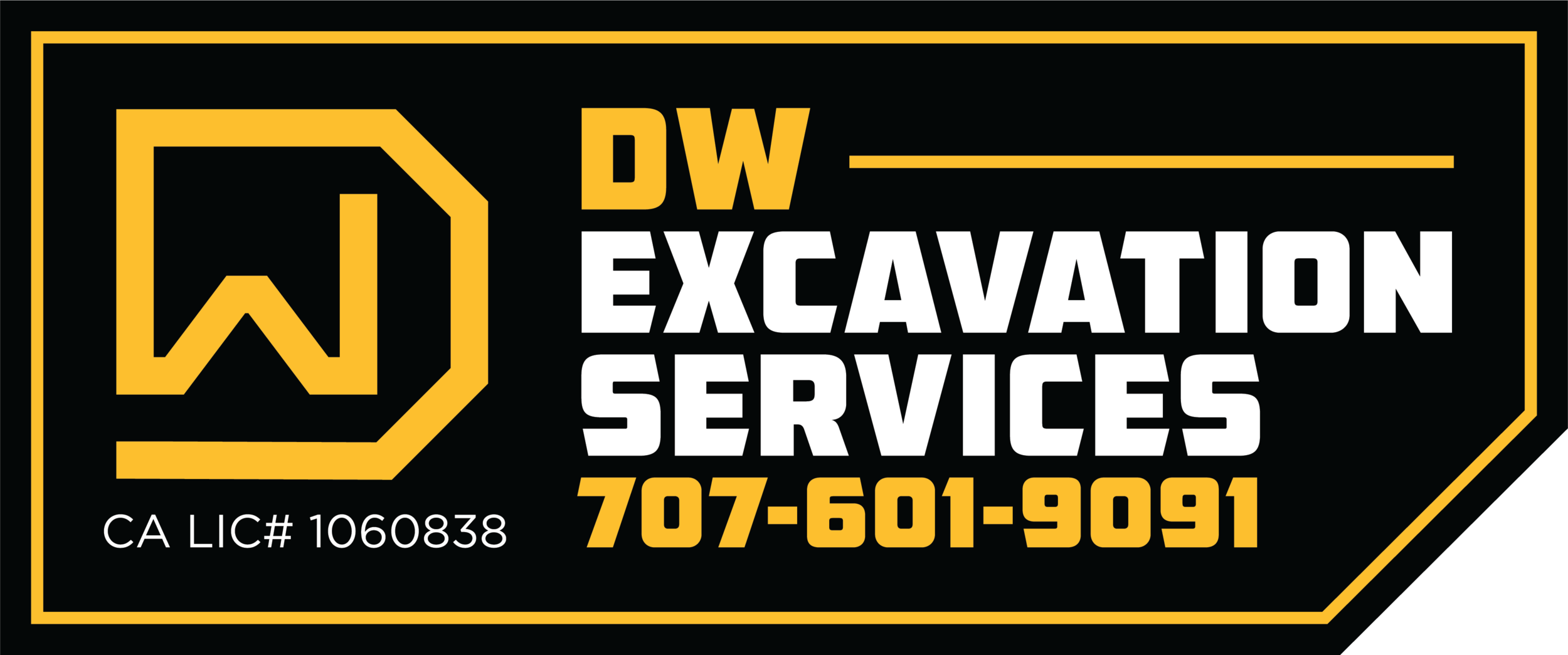Why the Right Contractor for Demolition, Septic & Trenching Saves You Money
Picture this: you hire the lowest-bid contractor for a demolition project, thinking you’ve scored a great deal, only to discover hidden costs, project delays, and unsafe work that needs to be redone. Suddenly, that “bargain” has turned into an expensive nightmare.
When it comes to complex projects like demolition, septic installation, and trenching, cutting corners can cost you more in the long run. From compliance with local regulations to protecting your property from costly damage, the right contractor can be the difference between a seamless project and a budget-breaking disaster.
In this article, we’ll explore why working with a professional experienced in Demolition, Underground Utility & Water Management Solutions isn’t just about getting the job done, it’s about getting it done right, on time, and within budget. You’ll learn about common mistakes, how to avoid them, and how the right contractor can deliver lasting value.
Identifying Common Problems or Misconceptions
Why do some projects cost more than expected?
Many property owners believe that demolition, septic, or trenching work is straightforward, just dig, remove, and replace. In reality, these jobs involve:
Strict safety protocols
Specialized equipment
Knowledge of underground utility mapping
Compliance with environmental and building codes
Misconception: “If I hire the cheapest contractor, I’ll save money.”
Truth: Cheaper bids often mean shortcuts, unlicensed work, or lack of proper insurance, leading to expensive fixes later.
Pro Tip: Always verify licensing, insurance, and project references before hiring any contractor.
Providing Solutions and How They Work
What does the right contractor bring to the table?
A qualified excavation professional handles more than just the physical work, they manage the project from start to finish with precision:
Accurate Assessments – Thorough site inspections to identify hazards and map out underground utilities before breaking ground.
Proper Permitting – Handling all necessary permits and ensuring compliance with local codes.
Specialized Equipment – Using the right tools for efficiency and safety.
Waste Management – Properly disposing of debris and hazardous materials according to environmental guidelines.
Clear Communication – Keeping you updated on timelines, progress, and costs.
Example: On a trenching job for utility lines, an experienced contractor will use precise measurements and safe digging techniques to prevent damage to nearby pipelines, avoiding thousands of dollars in repairs.
Explaining Benefits and Outcomes
How does this save you money?
Avoiding Fines: Code violations can cost thousands in penalties.
Preventing Damage: Skilled operators avoid costly damage to utilities, landscaping, and structures.
Efficiency: Proper equipment and trained crews finish jobs faster, reducing labor costs.
Longevity: Quality work means fewer repairs and replacements in the future.
Real-World Example: A homeowner who invested in an experienced septic contractor avoided $8,000 in potential groundwater contamination cleanup because the system was installed correctly the first time.
Special Considerations and Pro Tips
Regional and Environmental Factors
In certain climates and soil conditions, trenching and septic installation require special techniques to ensure stability and prevent flooding or erosion. Experienced contractors adapt their methods to match local conditions, such as sandy soils, high water tables, or earthquake-prone zones.
Pro Tip: Always ask your contractor how they adapt their process for your specific soil type and weather conditions. This insight reveals their experience level and commitment to quality.
Related Questions and Expert Answers
1. What’s the difference between demolition and deconstruction?
Demolition is the rapid tearing down of structures, while deconstruction carefully dismantles materials for reuse or recycling. Deconstruction can save on landfill fees and support sustainability efforts.
2. How long does septic installation take?
Most septic installations take 3–7 days, depending on soil conditions, permitting, and weather. Choosing a contractor with their own equipment can shorten the timeline.
3. Is trenching dangerous?
Yes—improper trenching can cause cave-ins, utility strikes, and injuries. That’s why OSHA-trained crews and proper shoring techniques are essential for safety.
4. How do I know if my contractor is qualified?
Check for valid licensing, proof of insurance, and references. Also, confirm they have experience with Underground Utility & Water Management Solutions in projects similar to yours.
5. Can I do septic work myself?
In most regions, no - septic installation requires permits, inspections, and professional qualifications. DIY septic work can lead to contamination, fines, and expensive repairs.
When it comes to demolition, septic, and trenching, the right contractor doesn’t just get the job done, they protect your investment, your property, and your peace of mind.
If you’re looking for expert Demolition, Underground Utility & Water Management Solutions in Monterey County, DW Excavation’s skilled team is ready to deliver safe, efficient, and cost-effective results. Don’t wait until small mistakes turn into expensive problems, contact us today to get your project started right.
